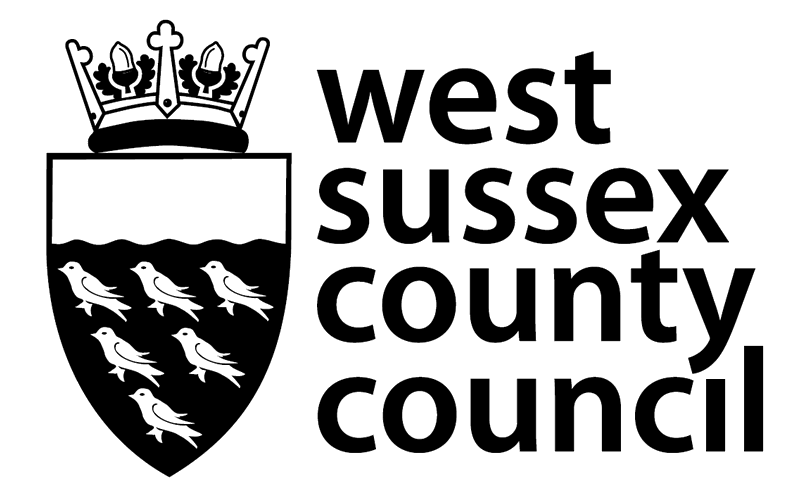West Sussex County Council has published its updated Local Flood Risk Management Strategy (LFRMS) for 2025-2030. It sets out the council’s approach to managing and reducing the risk of flooding across the county over the long-term, with specific actions for the next five years.
Because floods can have a devastating impact on people’s lives, the council worked with West Sussex residents to understand the causes and impact of flooding. Following extensive data collection, stakeholder engagement and a public consultation the new strategy is designed to have a positive impact on the county’s environment, economy, and communities.
The strategy outlines how the council will work with district and borough councils, the Environment Agency, water companies and communities to build local resilience to flooding and the effects of climate change by:
- data sharing and flood risk mapping with partner agencies and organisations involved with water management in West Sussex
- helping communities build resilience to reduce the risk of flooding from surface water, groundwater, and overflowing watercourses after heavy rain
- promoting sustainable drainage systems (SuDS) in new developments to manage how excess water flows on a site
- following a catchment-based approach to flood risk management that aligns with the Environment Agency’s National Flood and Coastal Erosion Risk Management Strategy for England
- supporting nature-based projects that slow and store excess water in the local environment to prevent flooding.
Deborah Urquhart, Cabinet Member for the Environment and Climate Change said: “The rapid pace of climate change means that the likelihood and severity of flooding is increasing. As well as excess surface water after heavy rain, here in West Sussex we have multiple sources of flood risk from rivers, watercourses and the sea. It is important that we balance our need to protect property and infrastructure from flooding with our responsibility to protect and maintain our local environment.
“Water does not respect administrative boundaries or organisational structures, which makes flood risk management a complex business. We are working in partnership with all the organisations that have a role in water management in West Sussex to manage the risk of flooding and reduce its impacts on our communities.”
As the Lead Local Flood Authority (LLFA), the council is responsible for coordinating local flood risk management in West Sussex.
To learn more about the strategy, visit: Local Flood Risk Management Strategy - West Sussex County Council


